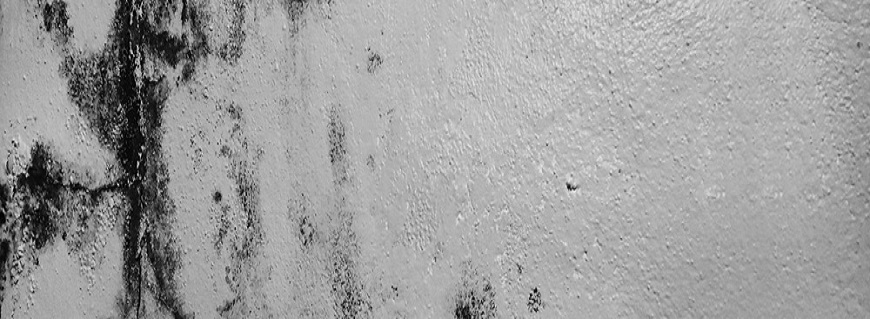
Molds can be found almost anywhere. They can grow on virtually any substance when moisture is present. Outdoors, many molds live in the soil and play a key role in the breakdown of leaves, wood, and other plant debris. Without molds we would all be struggling with large amounts of dead plant matter. Molds break down plant materials by digesting them, using the plant material for food.
Molds produce tiny spores to reproduce, just as plants produce seeds. Mold spores waft through the indoor and outdoor air continually. When mold spores land on a damp spot indoors, they may begin growing and digesting whatever they are growing on in order to survive. There are molds that can grow on wood, paper, carpet, foods, even dynamite. When excessive moisture or water accumulates indoors, mold growth will often occur, particularly if the moisture problem remains undiscovered or unaddressed. There is no practical way to eliminate all mold and mold spores in the indoor environment. The way to control indoor mold growth is to control moisture.
Molds can trigger asthma episodes in individuals with an allergic reaction to mold.
The health effects of mold
In recent months, media sources have been running alarming stories about the dangerous health effects of “toxic molds”. As a result of these frightening reports, health officials have been working to correct a great deal of misinformation and the impression that toxin-producing molds are rampant and more harmful than ordinary molds.
Molds are very common and can be found in the air and on many surfaces, both indoors and outdoors. There is always a little mold everywhere and molds will grow whenever conditions are right. Certain types of molds contain substances called "mycotoxins" and have been labeled "toxic molds" by the media. Despite media reports citing "black mold" (Stacchybotyris") as a possible cause of rare health conditions such as pulmonary hemorrhage and memory loss, there has been no definitive scientific evidence linking indoor airborne mold exposure to these illnesses.
Molds can, however, cause allergies and related health problems in sensitive individuals. For this reason, care should be taken to prevent and control mold in your home. Controlling moisture is the key to preventing the growth of mold. Wherever there is moisture, mold can thrive. If you discover an area where mold is growing in your home, experts recommend a thorough cleaning to both kill and remove the mold. The underlying cause of the moisture must be located and fixed to prevent future mold growth as well.
Actions you can take
If mold is a problem in your home, you must clean up the mold and eliminate sources of moisture.
- Wash mold off hard surfaces and dry completely. Absorbent materials, such as ceiling tiles and carpet, may have to be replaced if they are contaminated with mold.
- Fix leaky plumbing or other sources of water.
- Keep drip pans in your air conditioner, refrigerator, and dehumidifier clean and dry.
- Use exhaust fans or open windows in kitchens and bathrooms when showering, cooking, or using the dishwasher.
- Vent clothes dryers to the outside.
- Maintain low indoor humidity, ideally between 30-50% relative humidity. Humidity levels can be measured by hygrometers which are available at local hardware stores.
Black mold
- Information about Mold (pdf) (NYSDOH)
Flood information
-
Homeowners and Renters Guide to Mold Cleanup After Disasters (EPA)
- A Brief Guide to Mold, Moisture, and Your Home (pdf) (EPA)
-
What to do in a flood? (Ready.gov)
- Repairing your flooded home (Red Cross)
Mold information
